
Naruto: Path of the Ninja 2
"Naruto: Path of the Ninja 2" is a JRPG sequel for the Nintendo DS platform, featuring an original storyline. Players will lead Naruto and numerous ninja companions to collect five "Mirrors of Hope" and prevent the awakening of the spirit beast.
Game Details:
This work is a proper sequel to the "Ninja" series. The story is no longer adapted from the anime plot, but instead uses an original setting. Players will lead a team of familiar characters such as Naruto, Sakura, and Sasuke to embark on an adventure to stop a dark force that intends to revive the "Spirit Beast." The game process revolves around collecting five "Mirrors of Hope". Each time a mirror is successfully collected, a memory plot related to a key battle in the past will be triggered.
The battle system is a traditional turn-based system, with the addition of "Captain's Orders" and "Ninja Tag" mechanisms. Each character can equip different tags, giving them special skills, attribute resistance, or bonus effects. There are many types of tags, and they can be freely matched, providing players with a high degree of strategic combination space. At the same time, the team's formation (front, middle, and back rows) will also affect the attack and defense performance, requiring players to reasonably configure the formation.
The game supports a local wireless battle mode, allowing players to engage in ninja battles with other players, challenge rankings, and exchange tag props. In addition, the game contains multiple side quests, hidden characters, mini-games, and unlockable content, making the overall process rich. The overall style continues the anime style, and the character dubbing and ninjutsu special effects are highly restored, bringing a full immersive ninja experience.
Editor's Recommendation:
As a turn-based RPG aimed at Naruto fans, "Ninja Road 2" has successfully created an independent original plot while retaining the charm of the original characters. Its biggest highlight lies in the "Ninja Tag" system, which makes the combat gameplay not just a numerical confrontation, but also full of strategy and construction fun. The tag matching, formation changes, and skill coordination of different characters determine the outcome of the battle.
The game has been comprehensively improved in terms of character count, battle system, and task design, especially the rich collection elements, satisfying players who enjoy nurturing and exploring. Although the graphics are relatively simple, it has considerable sincerity in terms of plot arrangement and gameplay. If you like "Naruto" or classic turn-based JRPGs, this work is definitely worth a try.
Game Guide:
1. Main Story Progression Suggestions
- The main story quest revolves around collecting five "Mirrors of Hope", and each time a mirror is obtained, a key plot battle will be unlocked. It is recommended to complete the main story first to unlock characters, skills, and props, and then go back to complete side quests to supplement growth.
- After completing each mirror task, it is recommended to save once to experience different paths or choices.
2. Tag System Usage Skills
- Tags unlock usage bits based on character level. In the early stage, it is recommended to focus on attribute improvement, such as attack +5%, chakra recovery, etc.
- In the mid-to-late stages, tags with special effects can be used, such as poison resistance, action acceleration, and range attack enhancement. Reasonable allocation of tag types can significantly enhance the team's performance.
- Tags can be obtained from task rewards, battle victories, and map exploration. Pay attention to saving rare tags for the main output characters.
3. Combat Formation Configuration Suggestions
- The front row is suitable for high-defense or high-speed characters, such as Rock Lee and Guy. The middle row can be balanced characters such as Naruto and Shikamaru. The back row is suitable for sorcerer types, such as Sakura and Ino, to ensure output and support.
- Reasonably utilize the substitute position. Replacing characters in key rounds can effectively resolve the disadvantage of the battle.
4. Experience and Resource Management
- The experience distribution of each battle is determined by the characters on the field. Characters who are not used for a long time will fall behind. It is recommended to rotate usage and record levels.
- Money is mainly used to buy medicine and tag synthesis materials. In the early stage, priority should be given to investing in core combat members.
5. Hidden Characters and Challenge Missions
- Some characters, such as Orochimaru and Gaara, need to complete specific side quests or battle evaluations of S-level to unlock. It is recommended to prepare high-speed output and recovery skills before the battle.
- The arena "Kumite" mode will provide high-difficulty challenges and rare items. It is recommended to try it after the characters have matured in the mid-to-late stages.
6. Battle Mode and Communication Gameplay
- Supports local multiplayer battles, allowing the exchange of tags and data, which is very suitable for players who like PVP to practice tactical combinations.
- The "Extra Challenge" mode opened after clearing the game can repeatedly challenge the Boss, further honing combat skills and completing the full tag collection.
Strategy Related Retro Games
More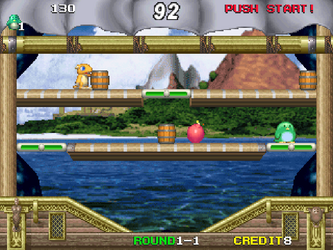
Penguin Brothers
Arcade
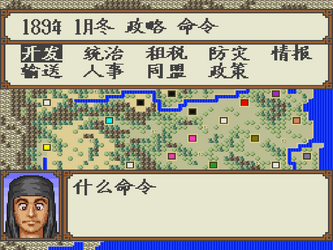
Yokoyama Mitsuteru's Sangokushi
SNES
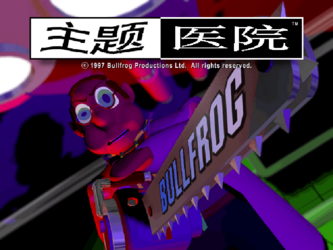
Theme Hospital
MS-DOS
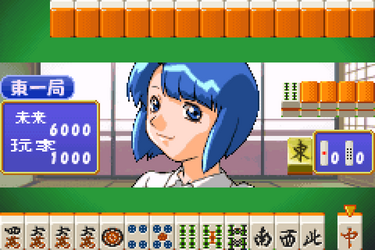
Super Real Mahjong Dousoukai
Game Boy Advance
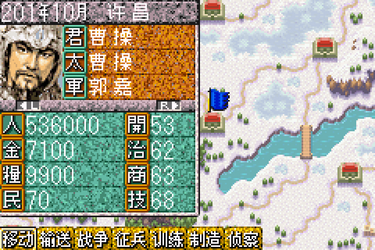
Sangokushi
Game Boy Advance
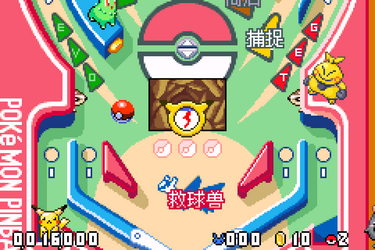
Pokémon Pinball
Game Boy Advance
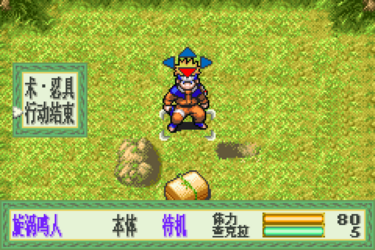
Naruto: Konoha Senki
Game Boy Advance
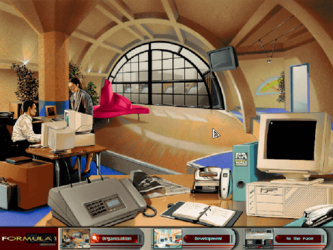
F1 Manager
MS-DOS
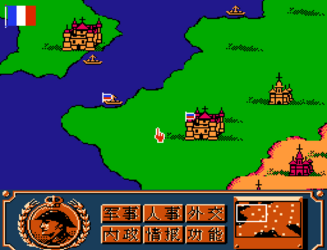
Napoleon's War
NES / Famicom
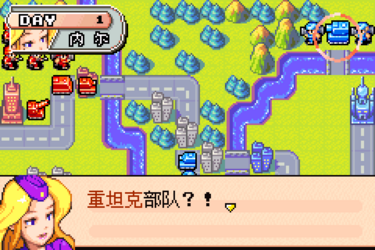
Advance Wars
Game Boy Advance
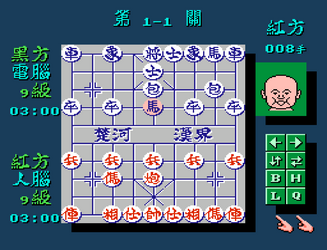
Chinese Chess
NES / Famicom
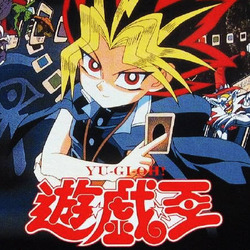
Yu-Gi-Oh!Duel Monsters
Game Boy Advance
RPG Related Retro Games
More
Yokoyama Mitsuteru's Sangokushi
SNES

Pokémon Red
Game Boy Advance
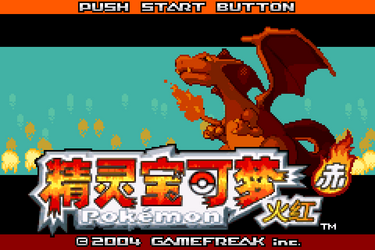
Pokémon FireRed
Game Boy Advance
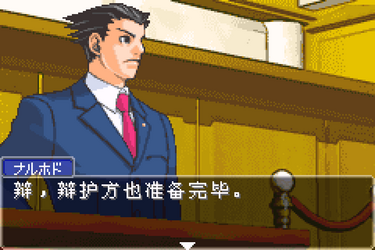
Gyakuten Saiban
Game Boy Advance

Sangokushi
Game Boy Advance
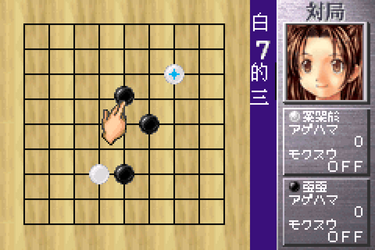
Hikaru no Go
Game Boy Advance
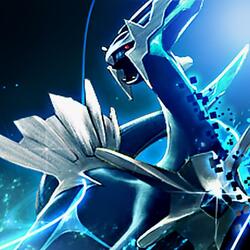
Pokémon Diamond
Gameboy | Color

Naruto: Konoha Senki
Game Boy Advance
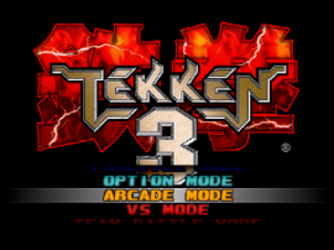
Tekken 3
Playstation
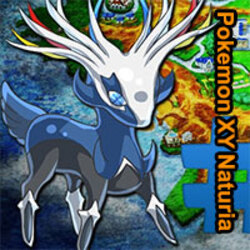
Pokémon: XY Natural
Gameboy | Color
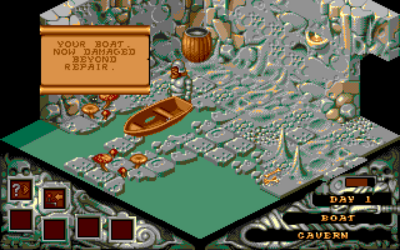
Cadaver
MS-DOS
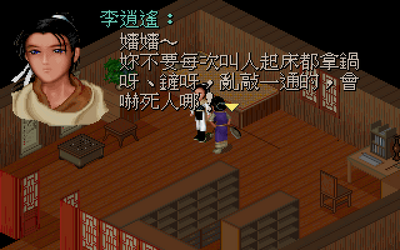
The Legend of Sword and Fairy
MS-DOS
Adventure Related Retro Games
More
Pokémon Red
Game Boy Advance

Pokémon FireRed
Game Boy Advance
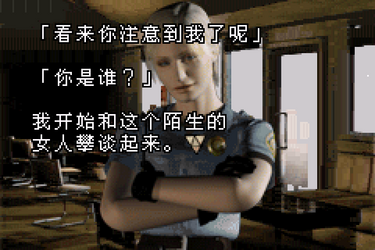
Silent Hill
Game Boy Advance

Pokémon Diamond
Gameboy | Color
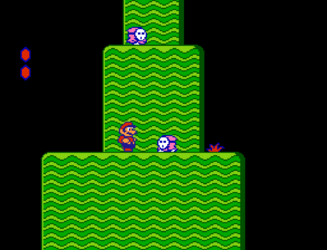
Super Mario Bros. 2
NES / Famicom
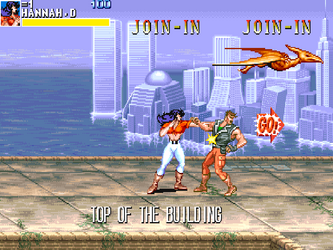
Cadillacs and Dinosaurs
Arcade

Pokémon: XY Natural
Gameboy | Color
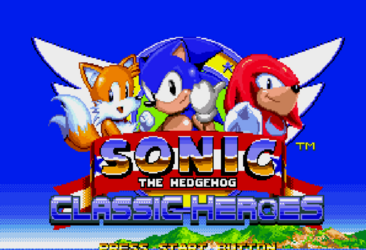
Sonic Classic Heroes
Sega Mega Drive

Cadaver
MS-DOS
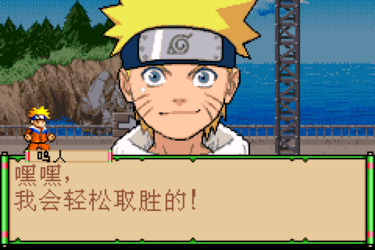
Naruto: Ninja Council
Game Boy Advance

Pokémon Blue
Game Boy Advance
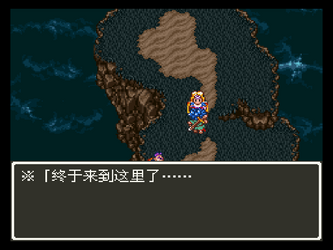
Dragon Quest VI
SNES
Fighting Related Retro Games
More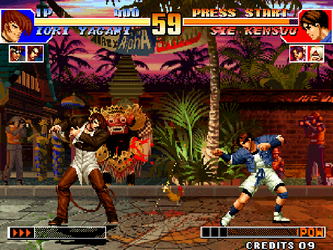
The King of Fighters '97
Arcade
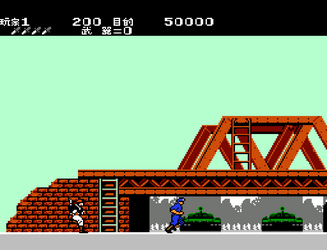
Rush'n Attack
NES / Famicom

Yokoyama Mitsuteru's Sangokushi
SNES
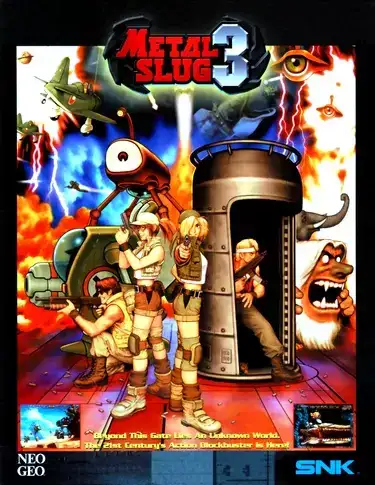
Metal Slug 3
Arcade

Tekken 3
Playstation

Napoleon's War
NES / Famicom
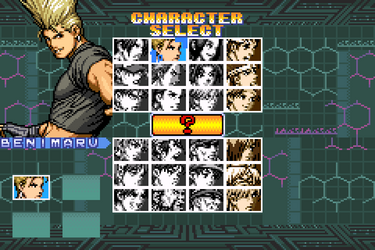
The King of Fighters EX: Neo Blood
Game Boy Advance
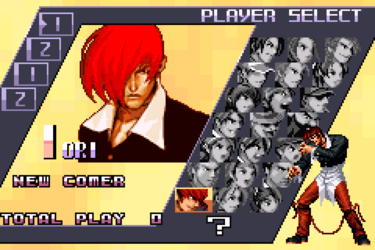
KOF EX2: Howling Blood
Game Boy Advance

Dragon Quest VI
SNES

Advance Wars
Game Boy Advance
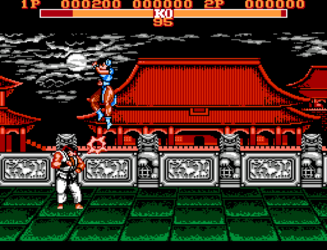
Street Fighter III
NES / Famicom
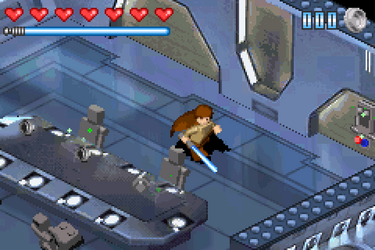
LEGO Star Wars: The Video Game
Game Boy Advance